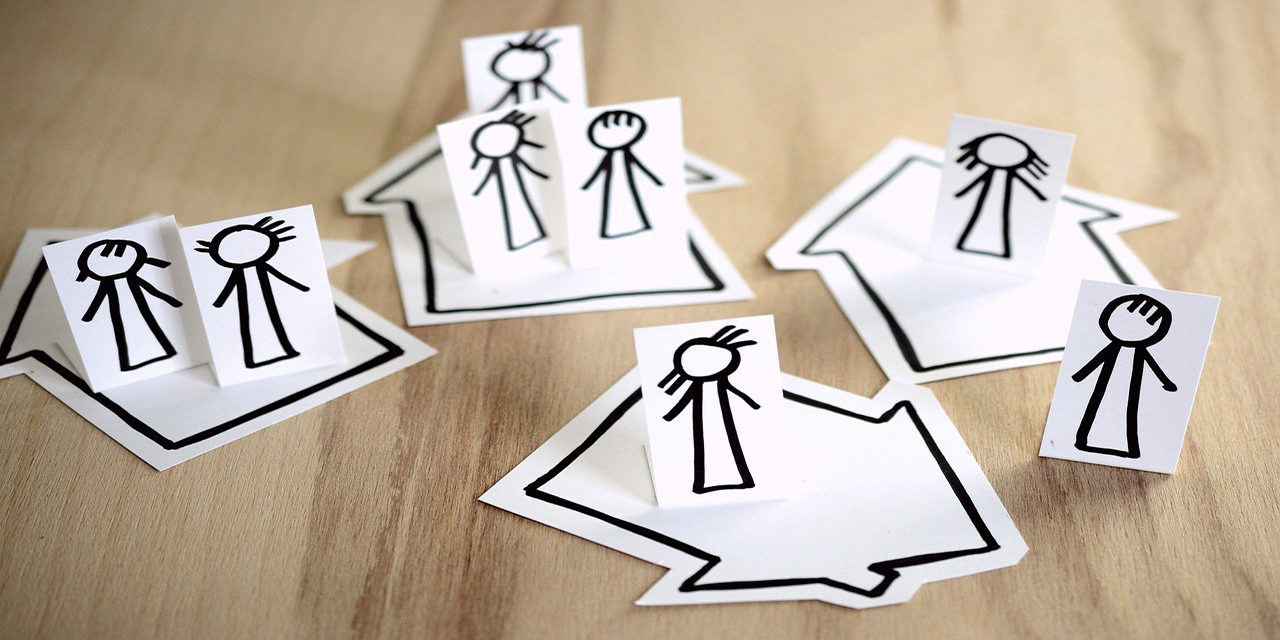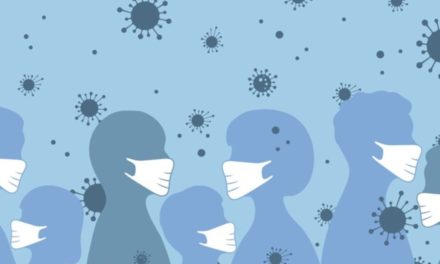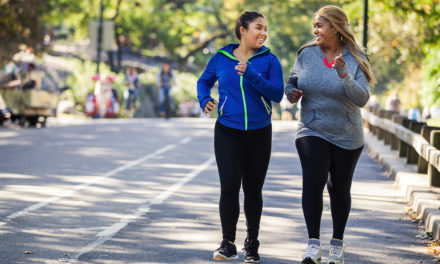How to Socially Distance Yourself from People
First, the toilet paper and hand sanitizer aisles were bare. Then, your boss gave you instructions to work from home, your kids’ school is closed, and you can’t go out for dinner, to a movie, or the mall.
While it may feel extreme, these steps are being taken to help prevent the spread of COVID-19 – a public health strategy known as social distancing.
“One of the most important things we can do in this community to save lives is to work together as citizens. I know you’ve heard this elsewhere, but it is crucial that people really act as if they could potentially be infected, or others around them could be. What that means is that they do what we’ve heard many times already: Social distancing.
Try and avoid large crowds, keep those hands clean. It sounds minor, but it is huge. For some people, they think they may not become very ill with this virus, and that’s actually true for a lot of people. But they have to understand that they’re also vectors of illness. And when they’re out in the community, if they transmit that to a susceptible person that’s at-risk for these types of complications, that’s going to put additional strain on our community, and put the ones we love in harm’s way.”
What Is Social Distancing?
Social distancing is intended to physically keep people away from each other to help stop the spread of a virus or other contagious disease. In practice, you should stay at home or remain at least six to ten feet from anyone in public spaces. This limit of social interaction prevents sick people from coming in contact with healthy people and spreading illness.
COVID-19 is spread by coming into contact with the respiratory droplets from an infected person. This can occur when someone with the virus coughs, sneezes or even talks near you. You may also come into contact with the virus when you touch surfaces where these droplets have fallen and then touch your face with your hands. People who don’t have any symptoms may still have the virus and can spread it to others in this way. That’s why everyone is being encouraged to keep their distance from others.
Social distancing doesn’t mean things have gotten out of control. In fact, it aims to prevent that from happening. It is done to “flatten the curve” – which means it is designed to slow the spread of the virus so there aren’t too many cases at once. This not only makes it less likely you’ll contract the virus, but it also stops hospitals from getting overwhelmed and being unable to provide proper care to those who need it.
What Should You Do?
Here are some basic social distancing guidelines:
- Stay at home as much as possible, especially if you’re over the age of 60
- Keep 6 to 10 feet away from other people
- Avoid crowded areas
- Work remotely, if possible
- Limit or avoid travel
- Avoid handshakes, hugging, or kissing
- Don’t share dishes, drinking glasses, eating utensils, towels, or bedding
- Stay at home if you’re sick until your doctor clears you to leave. Even if your symptoms are mild, this helps prevent you from passing the virus to others who may be at higher risk of serious complications.
The most important thing you can do is listen to the advice of public health officials. Even if you feel fine or think you’re not at risk of serious complications from COVID-19, following social distancing strategies is vital to getting the outbreak of this virus under control. Because you can spread the virus to others even before symptoms appear, limiting your social interactions helps avoid a more widespread problem.
To Learn More About Our COVID-19 Response, Click Here
Copyright 2020 © Baldwin Publishing, Inc. All rights reserved. Health eCooking® is a registered trademark of Baldwin Publishing, Inc. Cook eKitchen™ is a designated trademark of Baldwin Publishing, Inc. Any duplication or distribution of the information contained herein without the express approval of Baldwin Publishing, Inc. is strictly prohibited.
Editorial Review: Andrea Cohen, Editorial Director, Baldwin Publishing, Inc. Contact Editor
Learn more about Baldwin Publishing Inc. editorial policy, privacy policy and sponsorship policy.
No information provided by Baldwin Publishing, Inc. in any article is a substitute for medical advice or treatment for any medical condition. Baldwin Publishing, Inc. strongly suggests that you use this information in consultation with your doctor or other health professional. Use or viewing of any Baldwin Publishing, Inc. article signifies your understanding and agreement to the disclaimer and acceptance of these terms of use.





